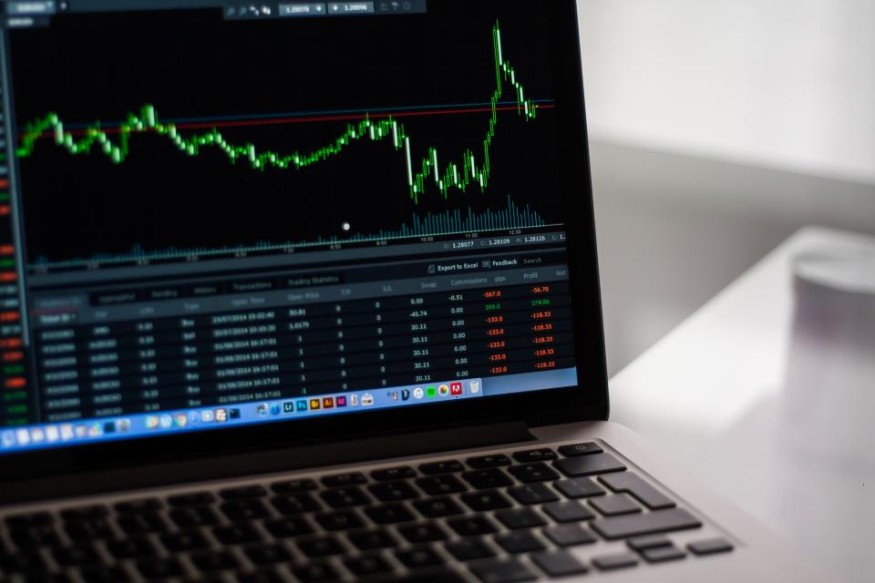Latin America 2020: A Quick Look at Economic Forecasts

2019 ended in turmoil for Latin America. This is one of the signs that suggest the region is still going to see similar results in the future months.
An article from The Wall Street Journal revealed that nations in the region had been witnessing countless protests. This is a product of a catastrophic economic mismanagement and corruption controversies. These two factors had widely contributed to the fall down of governmental support. Also, the support for democracy had been in its lower levels in the past years.
The Basis for the Fall
The recent statistics about the economic performance in Latin America shows that due to the global financial crisis, the United States of America and Europe both met a downturn in 2010. However, Latin America's performance in the global economic setting was soaring. There was a demand of China for various goods originating from the different parts of Latin America. These increased trading activities resulted in a boost of the middle-class society, government funds, and political stability. The gross domestic product of Latin America had increased by 5.8% in 2010.
In 2014, the price and poverty ratio of the entire Latin American population was at 28 percent. That is 31 percent higher compared to the statistics of today based on the Economic Commission for Latin America and the Caribbean of the United Nations. It is a group based in Chile that traces trends of social and economic concerns. The anger of the citizens due to corruption and poor service to the public is also a significant contributor to the falling trend of the economy of Latin America.
Expectation vs Reality
According to Cynthia McClintock, a Latin America expert from George Washington and a political scientist, the reasons for the conflicts being experienced throughout Latin America are expected to continue indefinitely. She stated that the world will not see the economic recovery of many Latin American nations. Also, democratic leaders are not expected to be immediately shifted to an ideal situation for the nation.
The Nations and their Contribution to the Economic Falling Trend
From Mexico to Argentina, 24 percent of people are satisfied with the current situation of democracy. This is the lowest reported satisfaction rating for democracy since 1995.
Additionally, the people's satisfaction with the economy is at a lower ratio getting 16 percent less compared to its 2003 results. The approval of the government had fallen from 32 percent to 56 percent during 2010.
Valenzuela, however, had it worst. It was once a nation rich in oil reserves. Due to an economic crisis, millions of its people had taken the initiative to seek asylum abroad, said the United Nations. Change is not expected anytime soon in the country due to its leadership.
Argentina, an agriculture-centered nation, is battling intense recession in the leadership of President Alberto Fernandez. His leadership is aiming another major spending for the restructuring of debt with its bondholders, including the IMF.
Similarly, Chile, Colombia, Bolivia, and Ecuador are also struggling to survive with their weakened economies. All of these nations had been devastated by multiple protests by its people recently. The president of Peru, Martin Vizcarra had ceased the operations of the country's congress. He accused the body to have been blocking the opportunity to change.
Subscribe to Latin Post!
Sign up for our free newsletter for the Latest coverage!
© 2025 Latin Post. All rights reserved. Do not reproduce without permission.












